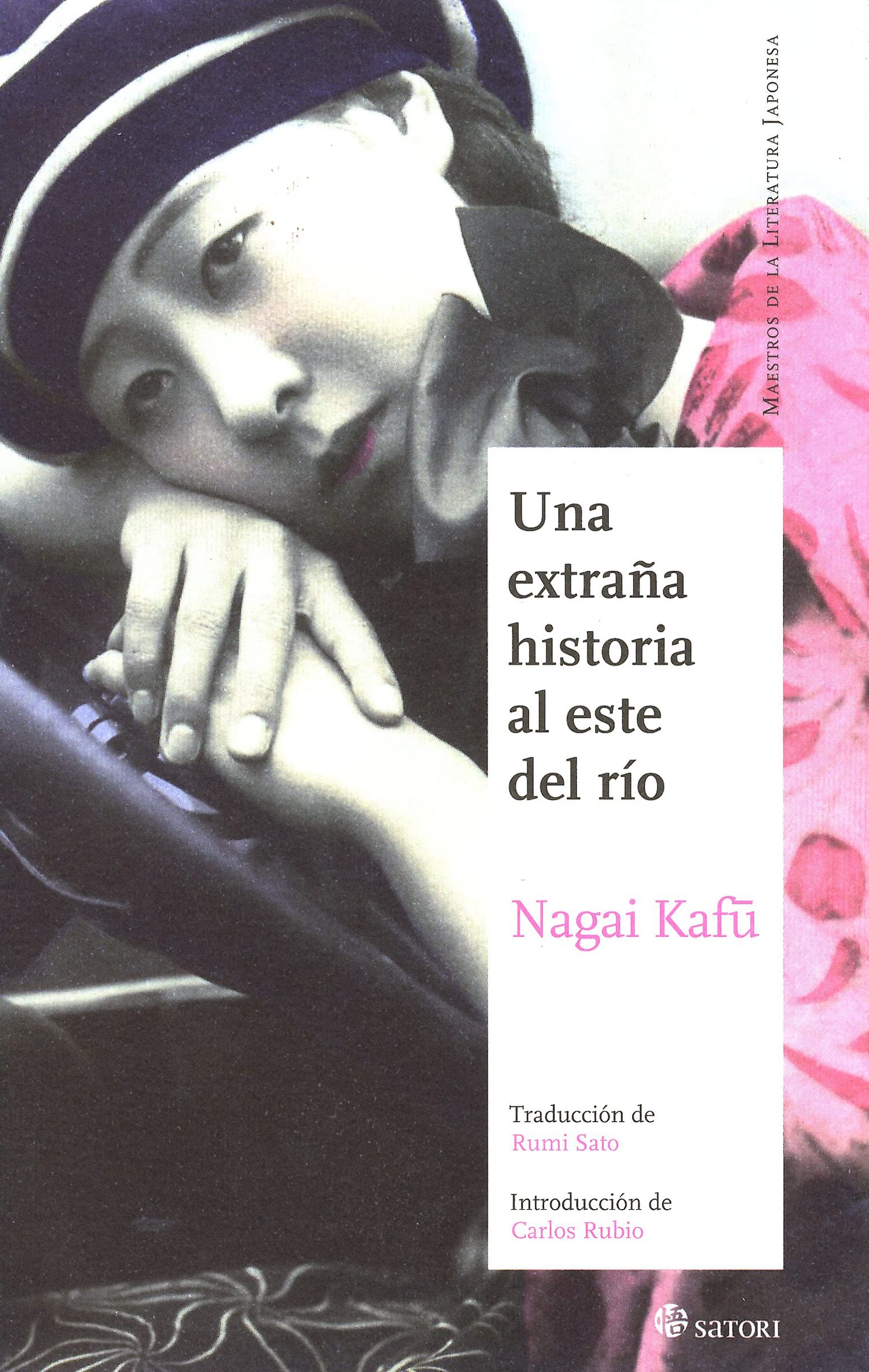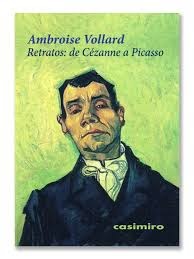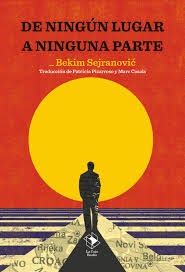
Book review of “A Strange Story East of the River” by Nagai Kafu
“A Strange Story East of the River” by Nagai Kafu, one of the masters of 20th century Japanese literature. It is a work that combines realism and lyricism to portray the lives of two characters who meet in 1920s Tokyo: a mature writer and a prostitute.
The writer, Tadasu Oe, is an alter ego of the author himself, reflecting his nostalgia for the traditional Japan that is being lost to modernization and Westernization. One rainy day, he meets Yukiko, a young woman who works in the Yoshiwara pleasure district and who wears a kimono and has an old-fashioned hairstyle. Between them a relationship develops based on attraction and mutual respect, but also on loneliness and disillusionment.
The book is divided into two parts: the first tells the story of the beginning and development of the relationship between Oe and Yukiko, and the second tells the story of the end of the relationship, after a long period of separation. Kafu’s style is elegant and subtle, full of poetic descriptions of the urban landscape and the emotions of the characters. Through his dialogues and reflections, the author shows us the contradictions and conflicts of a time of change, in which the old and the new, the Eastern and the Western, the spiritual and the material coexist.
“A Strange Story East of the River” is a novel that invites us to discover a different side of Japanese culture, beyond clichés and stereotypes. It is also a sad and beautiful love story, which tells us about the search for happiness and the meaning of life.
Throughout the novel, Seitaro reflects on his life and experiences in the city, while dealing with the growing sense of alienation and disillusionment brought on by the changes in his surroundings. Through his interactions with other characters and his memories of the past, Kafu explores themes such as nostalgia, loss, and the search for beauty and meaning in an ever-changing world.
One of the highlights of “A Strange Story East of the River” is Nagai Kafu’s ability to portray early 20th-century Tokyo in vivid and detailed fashion. Through a lyrical and descriptive narrative style, the author paints an evocative picture of the city and its inhabitants, capturing both the beauty and the decay of a world that is rapidly disappearing. Furthermore, Kafu uses Seitaro’s story as a means to explore broader themes, such as the tension between tradition and modernity, and the impact of Westernization on Japanese culture and identity.
Another notable aspect of the novel is the way Kafu addresses the theme of nostalgia and loss. Throughout the work, Seitaro is drawn back to memories of his past and the beauty of a Tokyo that no longer exists, leading him to question the value and purpose of his life in the present. This sense of melancholy and disillusionment is reflected in Kafu’s narration, which often takes on a nostalgic and contemplative tone, inviting the reader to reflect on the ephemeral nature of life and the inevitability of change.
Source: https://algunoslibrosbuenos.com/una-extrana-historia-al-este-del-rio


